Stages in the development of Yaroslavl football The birth of the game Local sports history says that the first football team in Yaroslavl was the Railway football club, organized as
Stages of development of Yaroslavl football
The birth of the game
Local sports history says that the first football team in Yaroslavl was the Railway football club, organized, as the Northern Territory wrote, exclusively from the youth of railway workers. Almost simultaneously, a second football team appeared under the Young Life society. The first match between them took place in 1907. From this date, the history of Yaroslavl football is counted.
Amateur teams existed at sports societies, youth teams – in a real school, a male gymnasium and a cadet corps. In the Yaroslavl province, they played football in Rybinsk, Danilov, Myshkin, where the famous six football heroes come from – the Butusov brothers. One of the strongest in the province was the Chaika team, formed in Gavrilov-Yama, at the Lokalov linen factory.
According to the Kostroma Listok newspaper, in 1911 a match between the teams of Yaroslavl and Kostroma took place: “On Sunday, July 30, a football game was held between the Kostroma team of the sports club and the Young Life team, on the call of the latter. The victory remained in the hands of the Yaroslavl team, who scored the ball in the 30th minute in the first game. The second game was a draw. There were up to six hundred people in the garden.”
After the revolution, there were several football teams in Yaroslavl. The strongest were Sparta and Union. In 1923, they merged into the OKS (United Sports Club), which later received the name of the railway sports club – SKZH. SKZH actively met on the football fields with the clubs of Moscow and Leningrad. Krasnaya Presnya, Pishcheviki, Khamovniki, Ruskabel and others came to visit Yaroslavl. Subsequently, the northern railway team was renamed Lokomotiv.
In addition to SKZH, Mars, Krasny Perekop and Fakel also played in Yaroslavl. All these teams were departmental and belonged to the leading city enterprises.
In the mid-1930s, there was a team of trade unions of Yaroslavl. Since the 30s, the football championship of the Yaroslavl region has been regularly held. Created in the 30s, the Dynamo team was the strongest in the city until the war. In 1935, at the Spartakiad of the Volga region, the team of Yaroslavl shared the second or third places with the team of the city of Gorky.
During the war years, football life continued, but not so intensively. In August 1943, the team of the region participated in the Spartakiad of the Volga region held in Gorky, where it took sixth place. In June 1944, a friendly meeting with a team from Kostroma took place.
In the post-war years, interest in football flared up with renewed vigor.In 1947, the Torpedo team was created at the car factory, and since 1948, Lokomotiv has become the strongest in the region. Yaroslavl “Lokomotiv”, successfully speaking at republican competitions, made efforts to enter class “B” of Soviet football.
The Yaroslavl team RTI (a plant of rubber products) reached noticeable successes in the All -Union Arena. Under the leadership of Vladimir Mikhailovich Vinogradov, the former goalkeeper of the Yaroslavl Lokomotiv, the team successfully represented the region in the All -Union Arena and in 1956 reached 1/4 of the Russian Cup.
Chemists, they are Shinniki
The famous Shinnik arose in 1957. The team, belonging to the tire plant, then bore the name Chemist.
This is how the team announces this.
In the winter of 1957, the regional sports committee received a telegram, which confirmed that the city of Yaroslavl was given the right to declare a team of masters for the USSR Championship among class B teams. And in early April, the Yaroslavl newspapers already talked about how the Chemist was preparing to start in the championship. So big football came to the city.
The first official match “Chemist” spent on April 7, 1957 in Stavropol with local “labor reserves” and won with a score of 3: 2. The first goal in the history of the team was scored by V. Konovalov. According to the results of the season, the team took 13th place, having completed the first task – to gain a foothold among class B teams.
In the same year, Yaroslavl players also held the first match of the USSR Cup. But in Zaporozhye, they were just waiting for an epic defeat – 0: 7. Nevertheless, during the first three seasons, the then “chemist” every year was progressively rising in the table of the championship of the USSR.
In the 1958 season, in the year of the 60th anniversary of domestic football, the Yaroslavl residents held the first international meeting in their history. In July, the Rakovski team from the Bulgarian Dimitrovgrad came here. Why Bulgaria is explained by nothing more than production relations of the Shefa enterprise. The meeting ended with a devastating victory of the Chemist with a score of 4: 0.
There were 1960 games ahead – the anniversary season dedicated to the 950th anniversary of Yaroslavl. Therefore, increased attention was paid to the sports results of the “shinnik”.
This year, the team received a new name-according to the numerous requirements of the fans-vagaries, who wanted to declare their beloved team in any city and at any stadium.
The most vivid sporting event of the anniversary year was a friendly match in Yaroslavl with the Moscow Spartak. The teams dispersed the world – 2: 2, and one of the heads was scored by the best scorer of Shinnik N. Parshin, who himself left the Moscow Spartakites.
Football experts noted a high degree of readiness of the team, which, of course, has already grown out the status of class “B”. Therefore, it was the Yaroslavlites who entrusted the right to represent Soviet football in a tour of Morocco.As the chronicle says, in Africa the team held four meetings, losing only one. And even then, from this defeat, probably, not a single club, not only in the USSR, but in the whole world, would have been insured. Yaroslavl lost to the team of the Armed Forces of Morocco, which was patronized by the king himself and, as a result, the referee in the field.
Life of a Yaroslavl football player
And between tours weekdays lasted at their own stadium. The football life of the 1960s was strikingly different from the current one. In general, football was freer from commercial considerations, but it was partly concerned with ideological dictates. We must not forget that the team belonged to the enterprise. Therefore, the actual interference in the affairs of the team from the factory management was noticeable. But not only the management of the plant or the party committee controlled what the sporting achievements of the shinniks were. It was customary for the players to go to the factory and report to the workers.
Belonging to one of the leading enterprises of the city turned into some life benefits. The directorate of the YaShZ could from time to time assign bonuses to athletes, in addition to a salary of 120 rubles. What is 120 rubles in the 60s? It's pretty small. This, frankly, is simply in no way comparable with the salaries of modern athletes.
In addition, through the plant, shinniks could receive apartments, sometimes cars, which was very rare, and sometimes such scarce things as a civilian suit or a sheepskin coat. Medical care was also supposed to be in the medical unit of the YaShZ.
In general, the material base of the team was very decent. Football surroundings were much simpler than in our time. So, the current “blue-blacks” did not even have a recognizable “branded” form. It was generally not in the order of things (except that Spartak, it seems, always performed in their own red and white colors). And the football boots always failed after three or five games, and the spikes had to be filled again, for which a special person was kept with the team who repaired the equipment. Now it seems surprising that neither the design nor the material of football shoes were regulated in any way, and each athlete could decide for himself what kind of shoes he needed: say, with a heavy toe or softer to provide a different impact effect, and what sizes should be spikes.
With medical support for training and matches, everything was also much simpler than it is now. If modern teams have to have a whole staff of medical personnel, then one doctor handled it.
So the first generation of Shinnik players did not have to rely too much on service or promotion. The main thing is sports enthusiasm, coaching experience and, of course, the love of Yaroslavl residents.

In class A
Let's return to historical chronicles. The 1962-63 seasons, when Shinnik was able to achieve the highest sports performance in its original history, began to continue the combat football chronicle.
In 1962, in the first class B zone, the Yaroslavl team got very strong opponents. And chief among them were the Spartacists of Leningrad. Naturally, the fate of the first place in the tournament was decided in face-to-face meetings. These meetings aroused great interest of the audience. Suffice it to say that, as the chronicle testifies, the match in Leningrad gathered 40,000 people, Yaroslavl fans and a large group of journalists arrived. The fight was broadcast on the radio, the report was led by the legendary Leningrad goalkeeper V. Nabutov. The fate of the match was decided by two goals scored by Yaroslavl Mitin and Galanov. Thus, having scored 50 points and having the best difference between goals scored and conceded, Shinnik took first place in its zone.
However, in order to make a step into class A, the Yaroslavl team had to meet in the final tournament of the strongest teams of the RSFSR. The tournament was held in Krasnodar, and that November did not bring good luck to Shinnik. The club lost all four matches, but regardless of these sad results, the Yaroslavl team was still included in the second group of class A created by the decision of the Federation.
Season-63 was decisive for the team. The debut in class A was brilliant. Shinnik won first place and got a ticket to the big leagues. Team matches gathered an unprecedented number of spectators, an average of 25 thousand, but the stands, despite the expansion, could not accommodate everyone.
Here is an almost legendary fact: when the Yaroslavl team played an away match in Frunze with the local Alga, it was also crowded at the Yaroslavl stadium. The whole city met the heroine of space Valentina Tereshkova. She was informed that Shinnik won 3-0 in distant Kyrgyzstan and dedicated it to the famous compatriot. Literally, a telegram left the stadium for Central Asia: “I am heartily happy about your convincing victory, thank you. I am confident in your continued success. I shake your hands. Valentina Tereshkova. The success of the team in the season-63 was based on a successful combination of experience of veterans and the enthusiasm of youth. Indeed, that year was a year of triumph.
In 1963, the shinniks won the so-called small gold medals of the champions of the USSR in the first league. As it turned out later, these awards were given out for the first and last time in history.
The 1964 season was remembered by Yaroslavl football fans for a long time. After all, the great Soviet football players shone at the Shinnikov stadium: L. Yashin, I. Netto, V. Ivanov, V. Monday, V. Metreveli and others. A whole constellation of players of the first magnitude is going to the championship-64 in Shinnik – Isaev, Maslenkin, Ivakin, Artemiev, Fedosov. In the same year, the Yaroslavl team went on a big tour of equatorial Africa, visiting Nigeria, Dahomey, Cameroon – countries where Soviet athletes had never performed before.
On March 27, 1964, the first match in the major leagues took place, and besides, the first match in the championship in general. On a neutral field in Tbilisi, the Yaroslavl team met with Dynamo Minsk.“The Struggle of Equal” – as the “Trust” report on the first game “Shinnik” entitled. It recorded a draw – 1: 1. The first goal in the elite was scored by L. Lozovsky.
In fact, entering the Premier League took place later. Then there was a lot of everything: and sensitive defeats, and excellent victories, and tour from Chile to Iran, India and Vietnam. The first historical stage of the biography of the team ended. Ahead was the story of the new Shinnik, which everyone now knows.
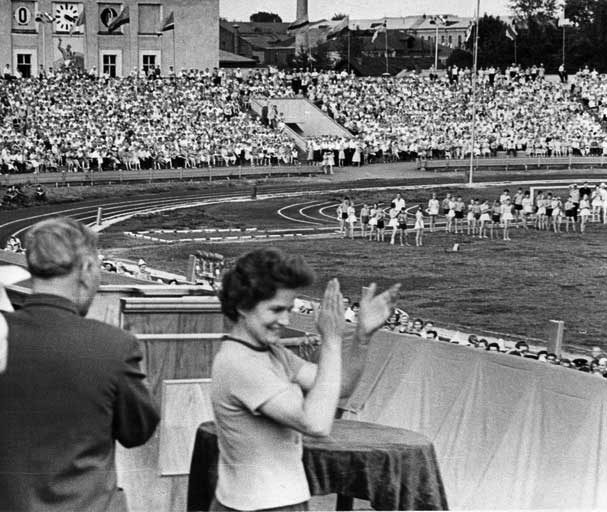
In the photo: Valentina Tereshkova at the stadium Shinnik
The editors thanks for the help of Vorotililin Stanislav Petrovich, Honored Master of Sports, Honored Coach of Russia.
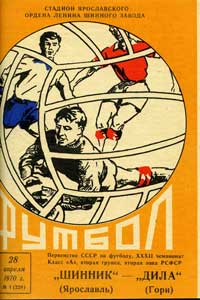
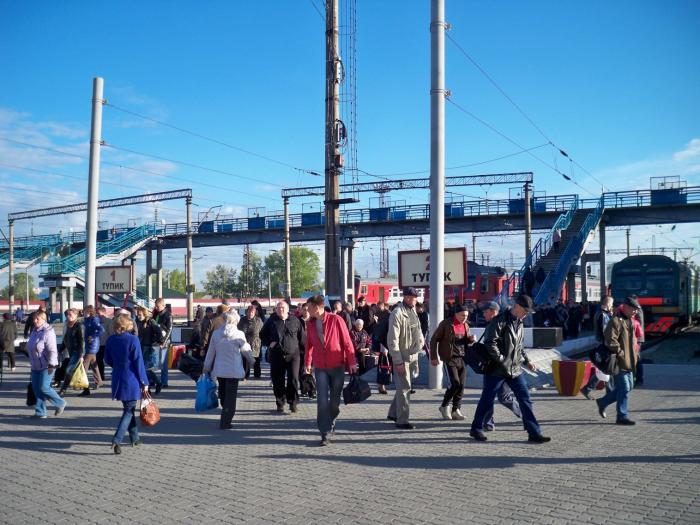
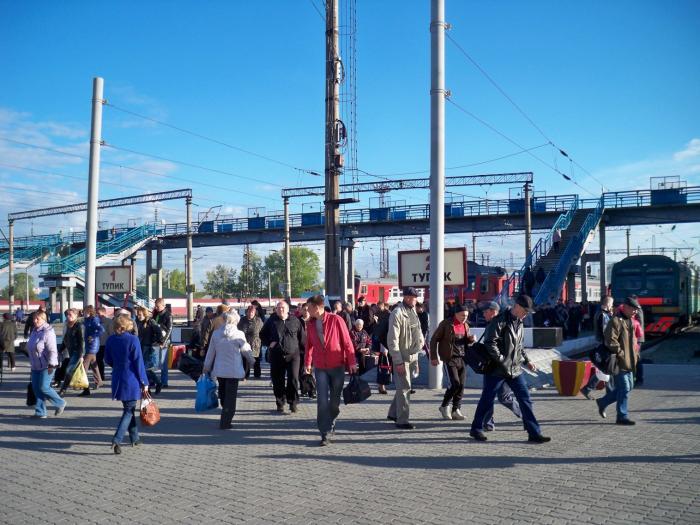
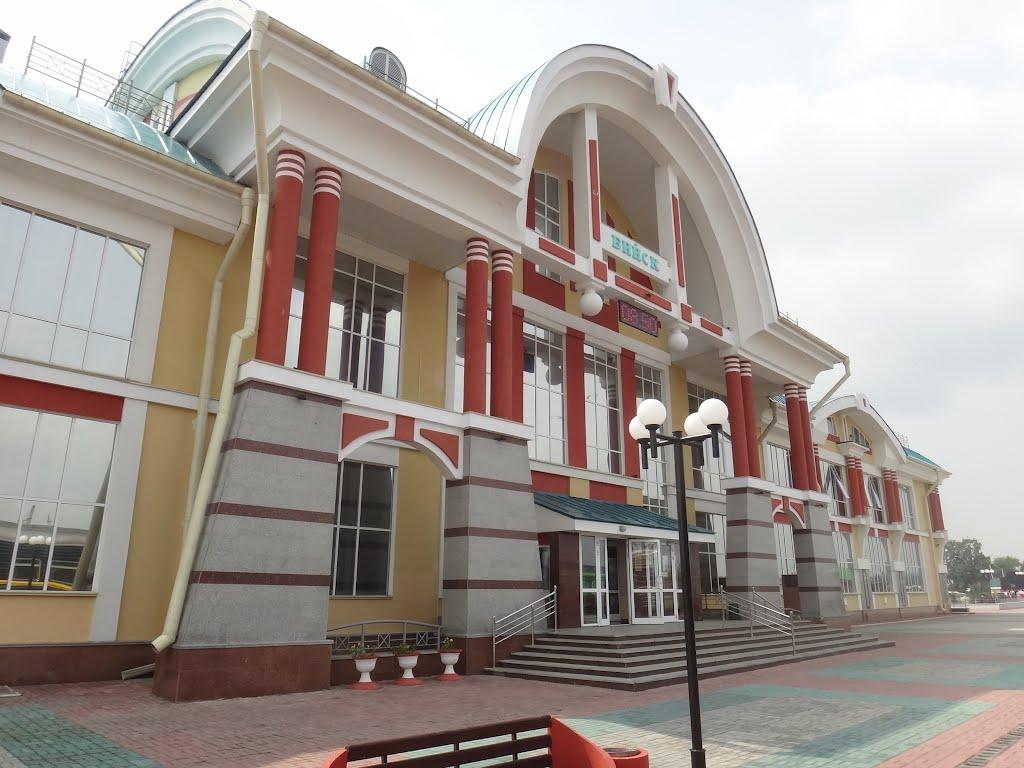

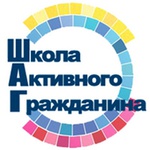
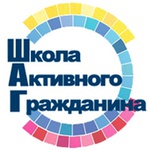



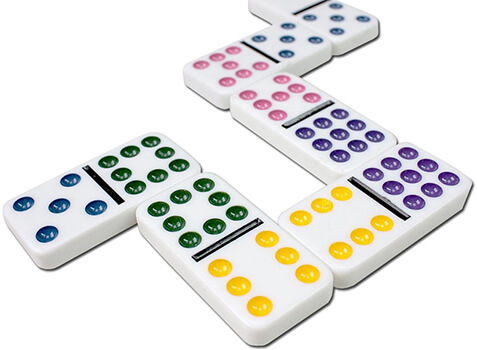
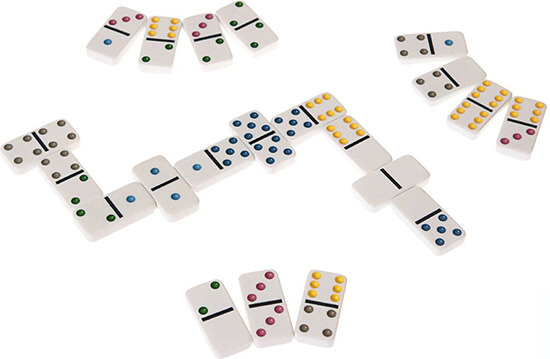
























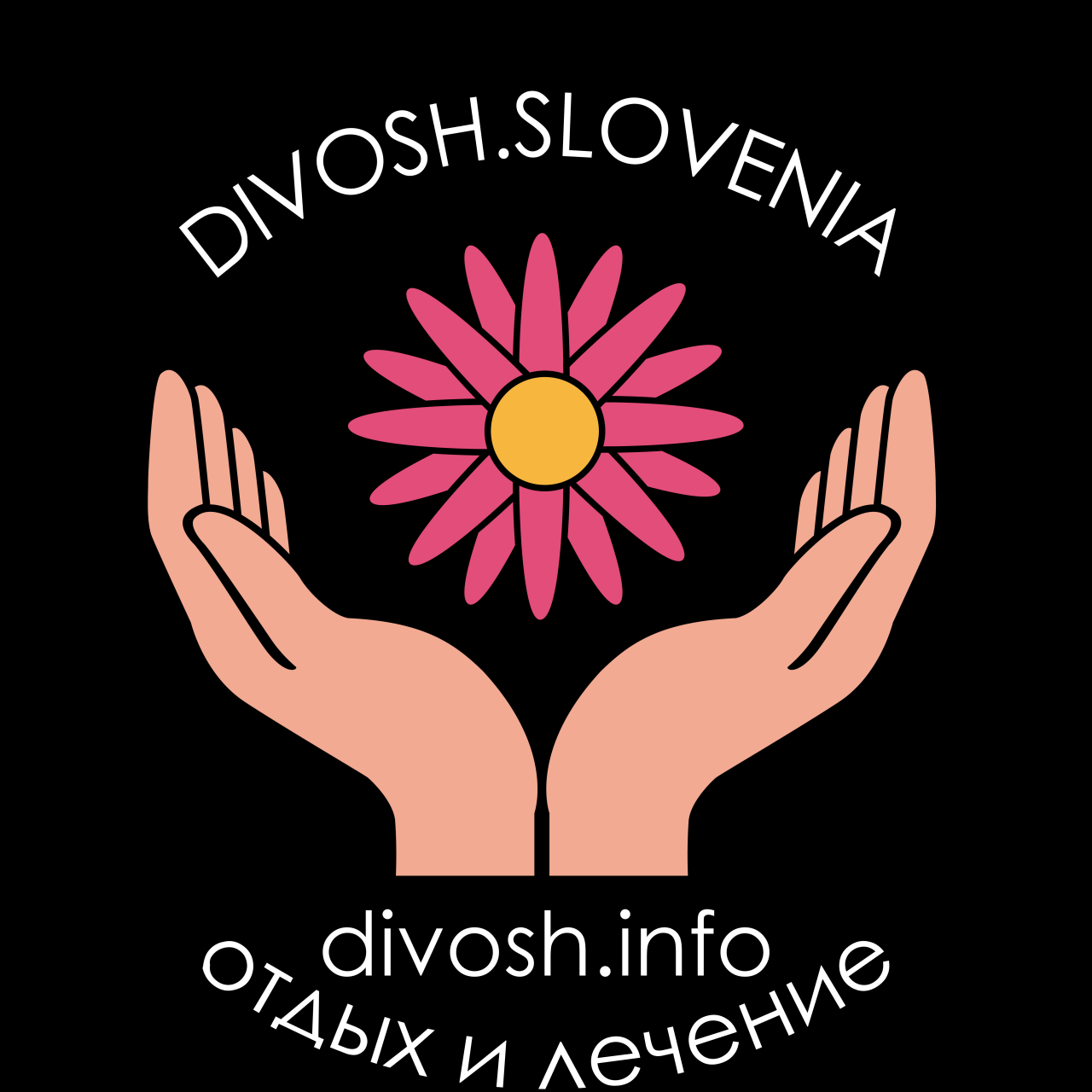

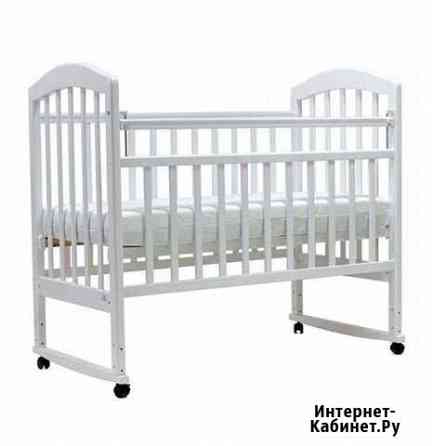
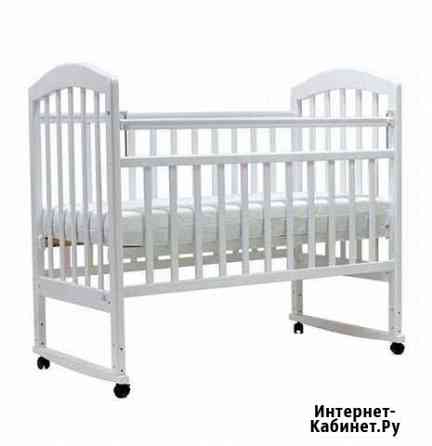

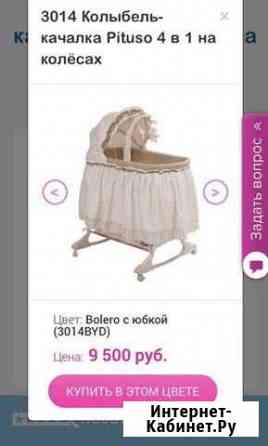
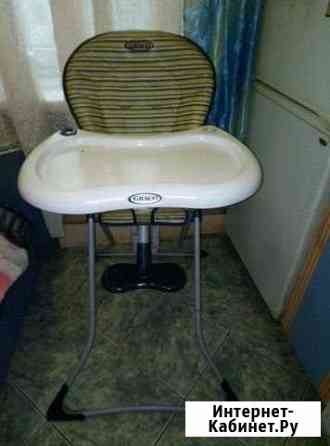

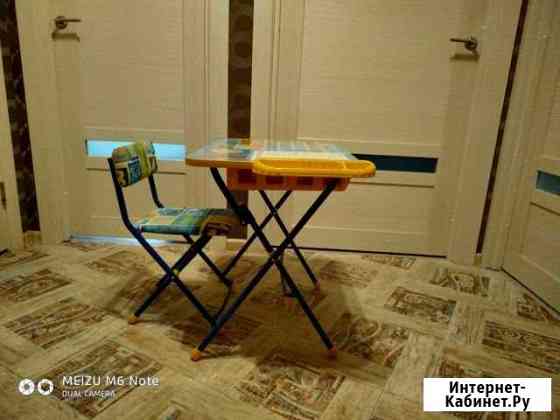
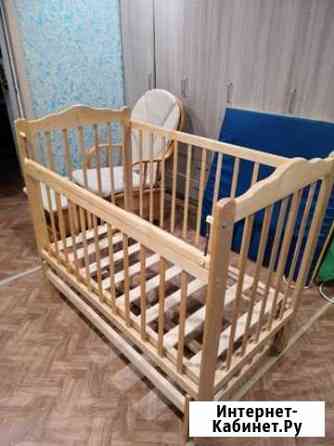

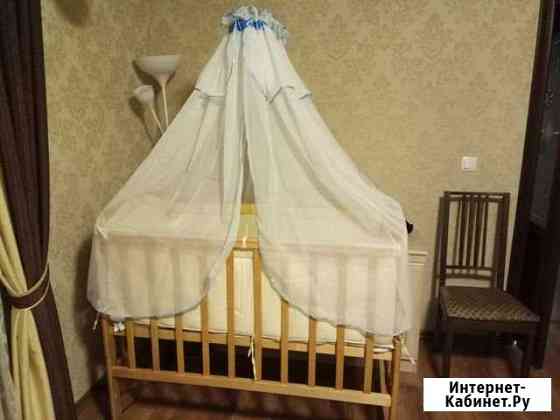
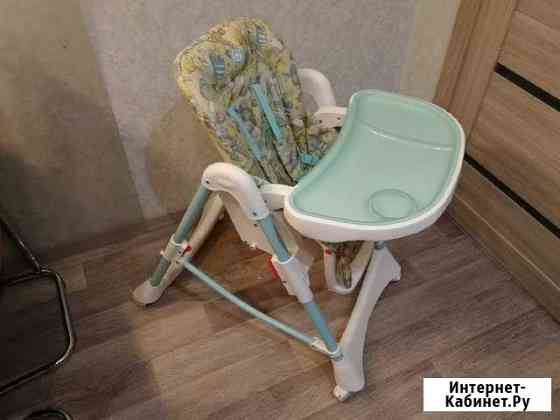
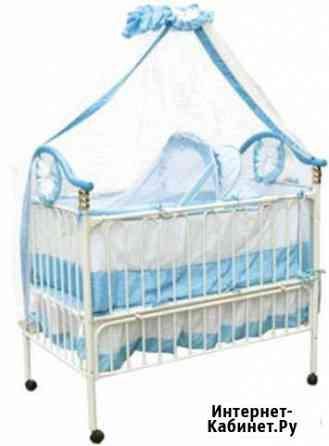
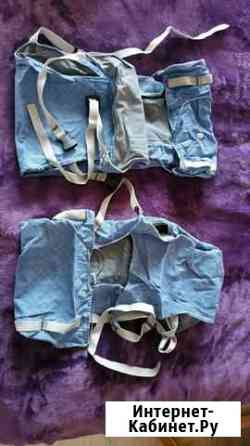
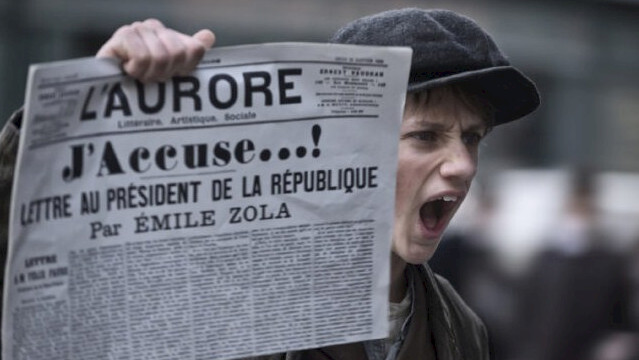
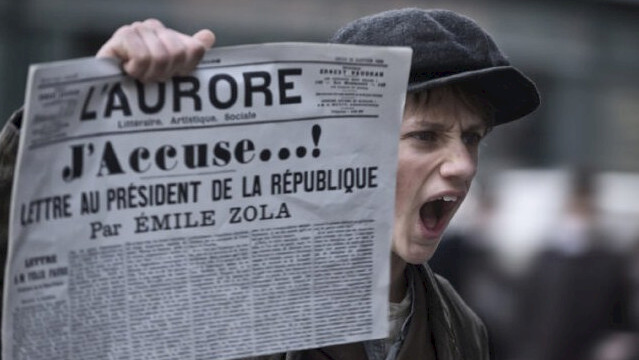
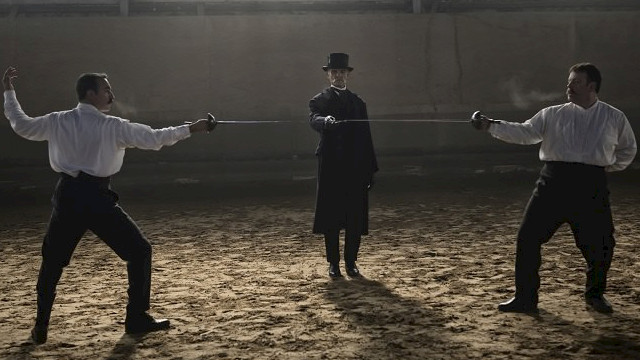


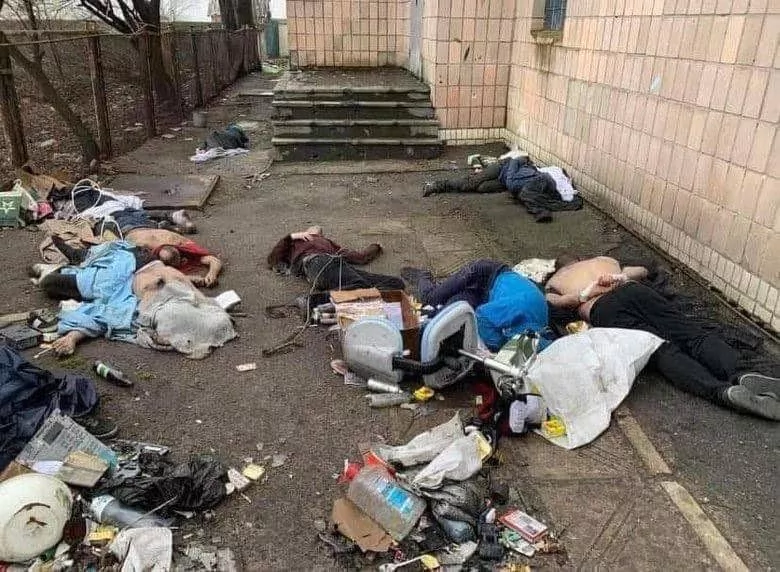
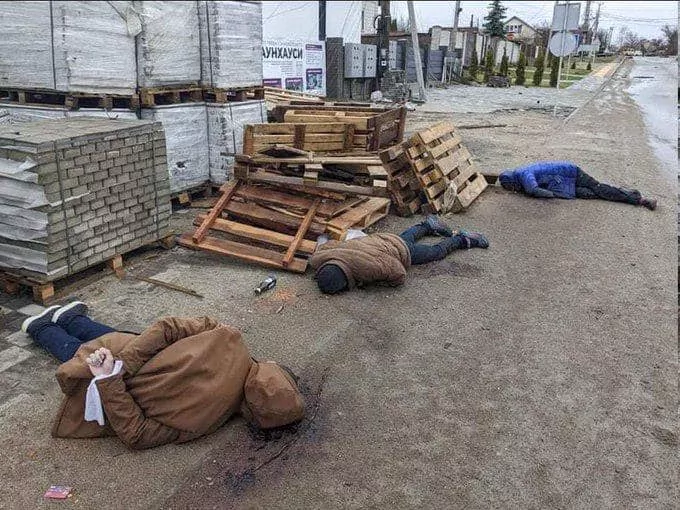
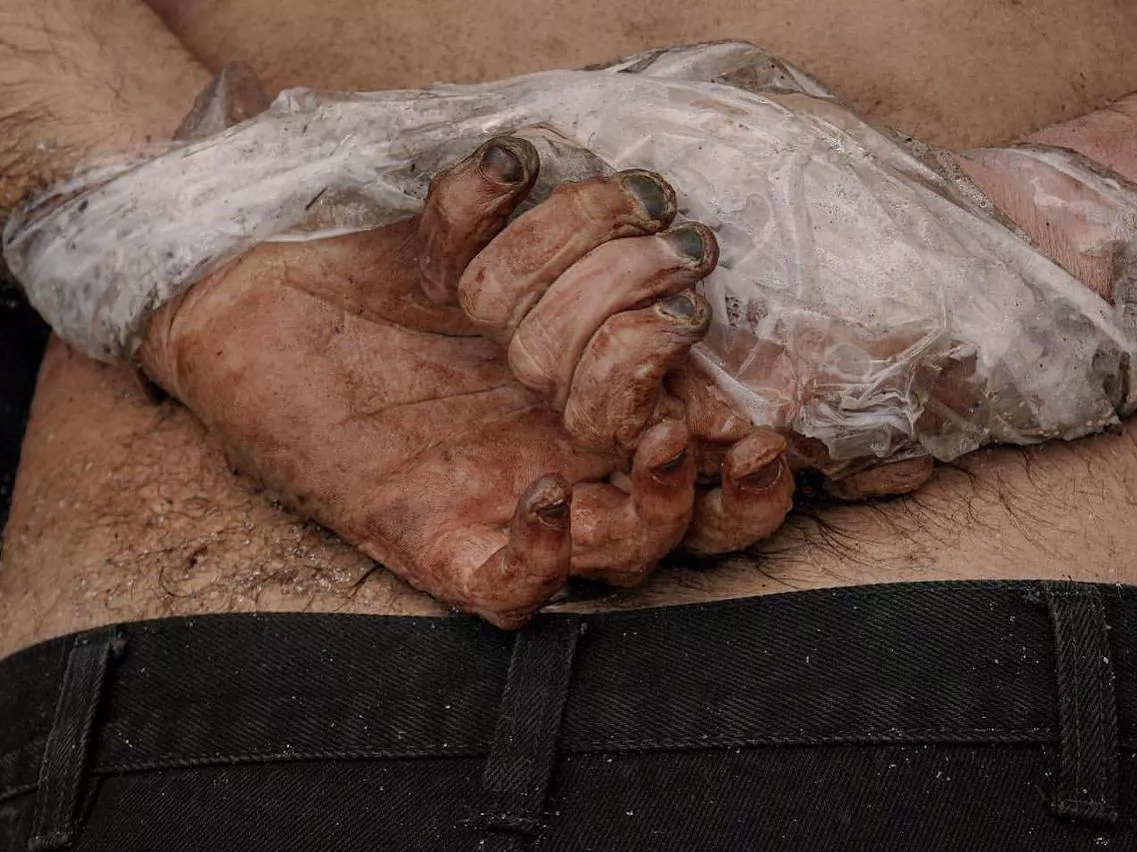
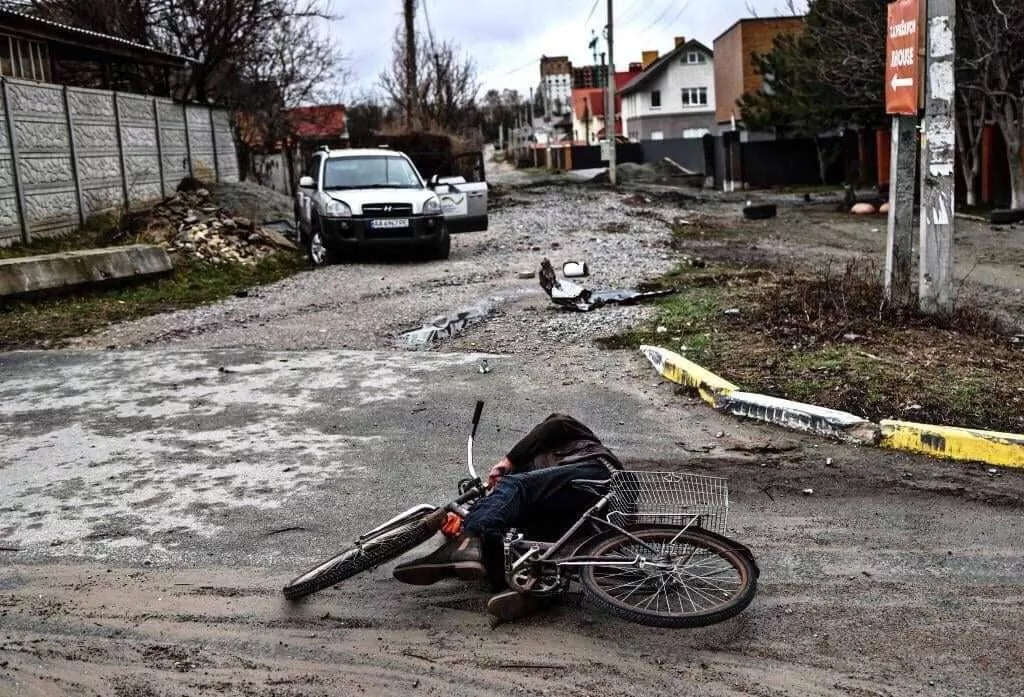
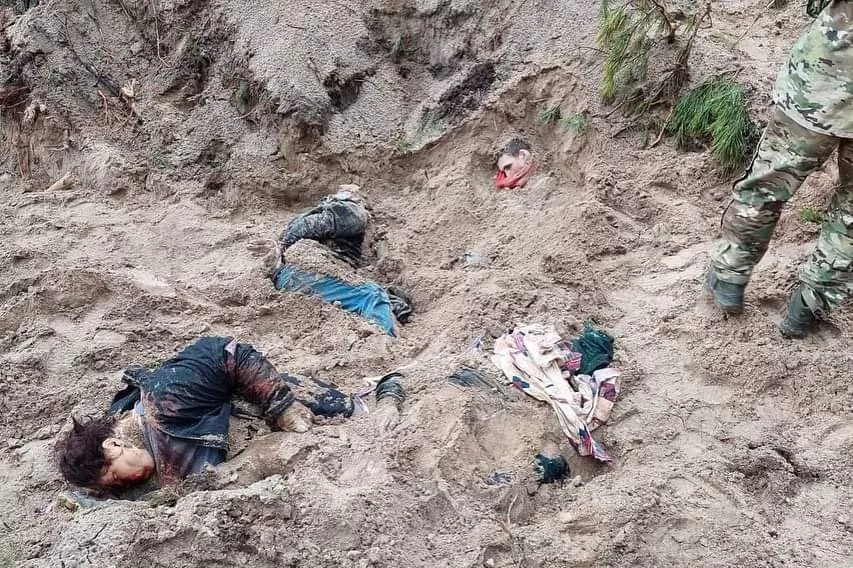
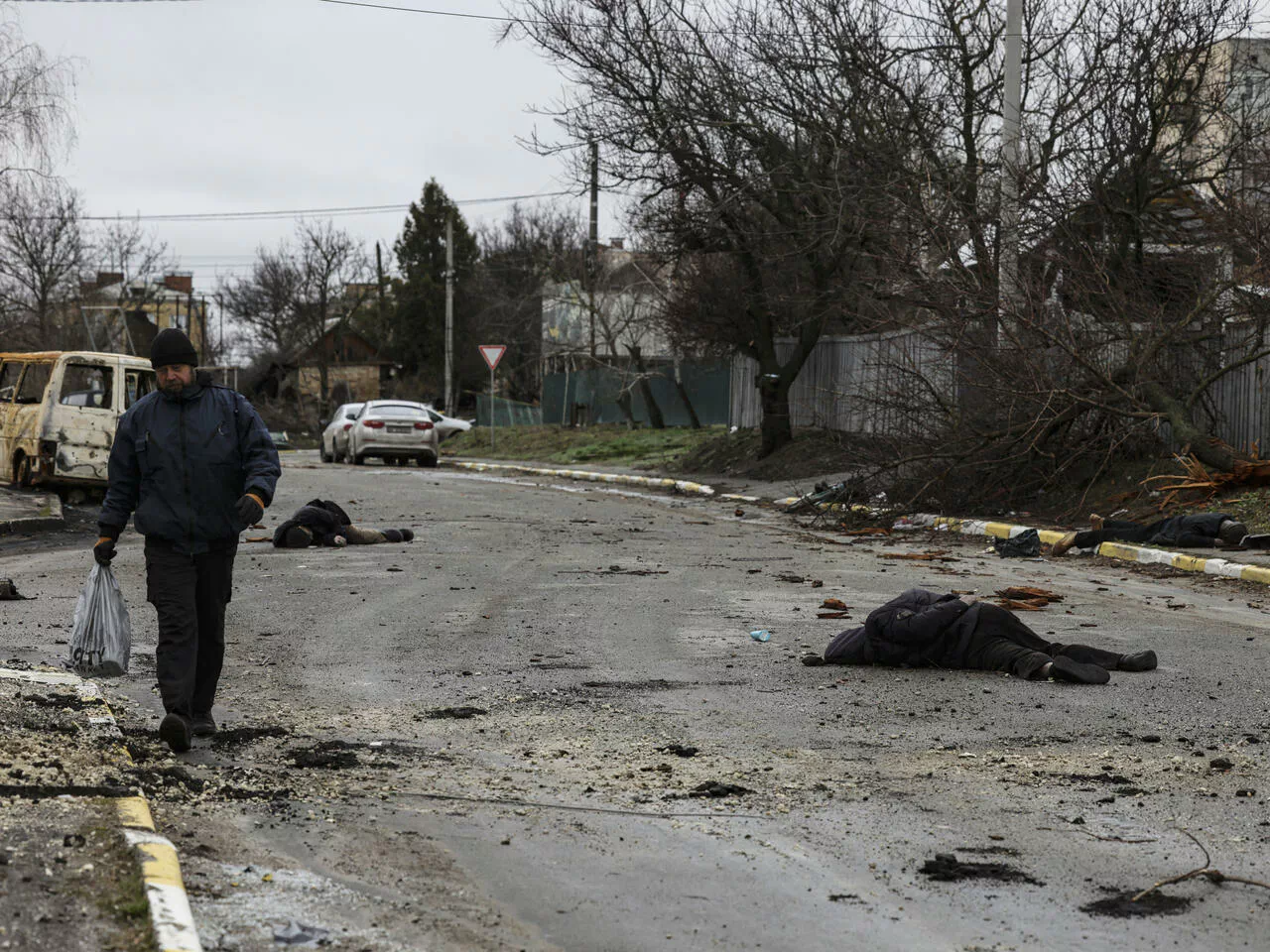
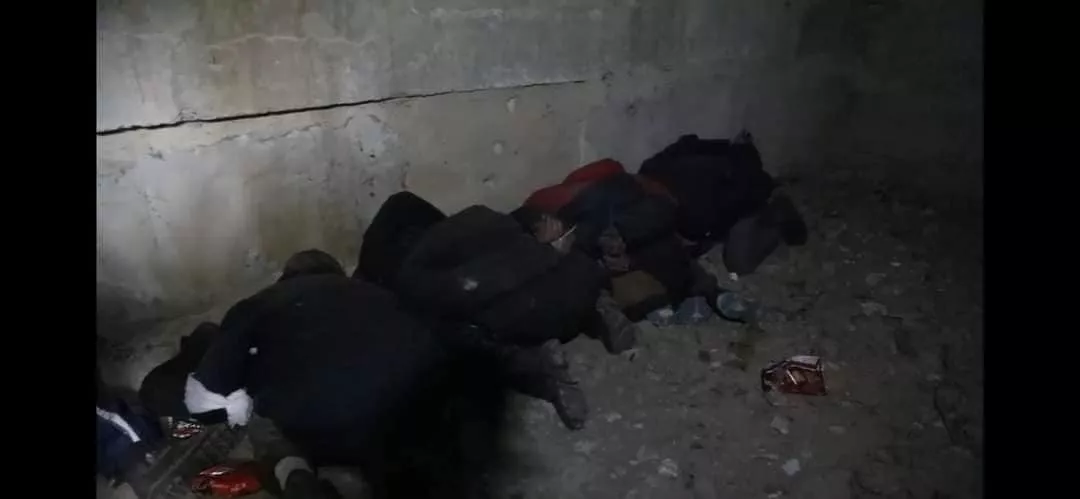
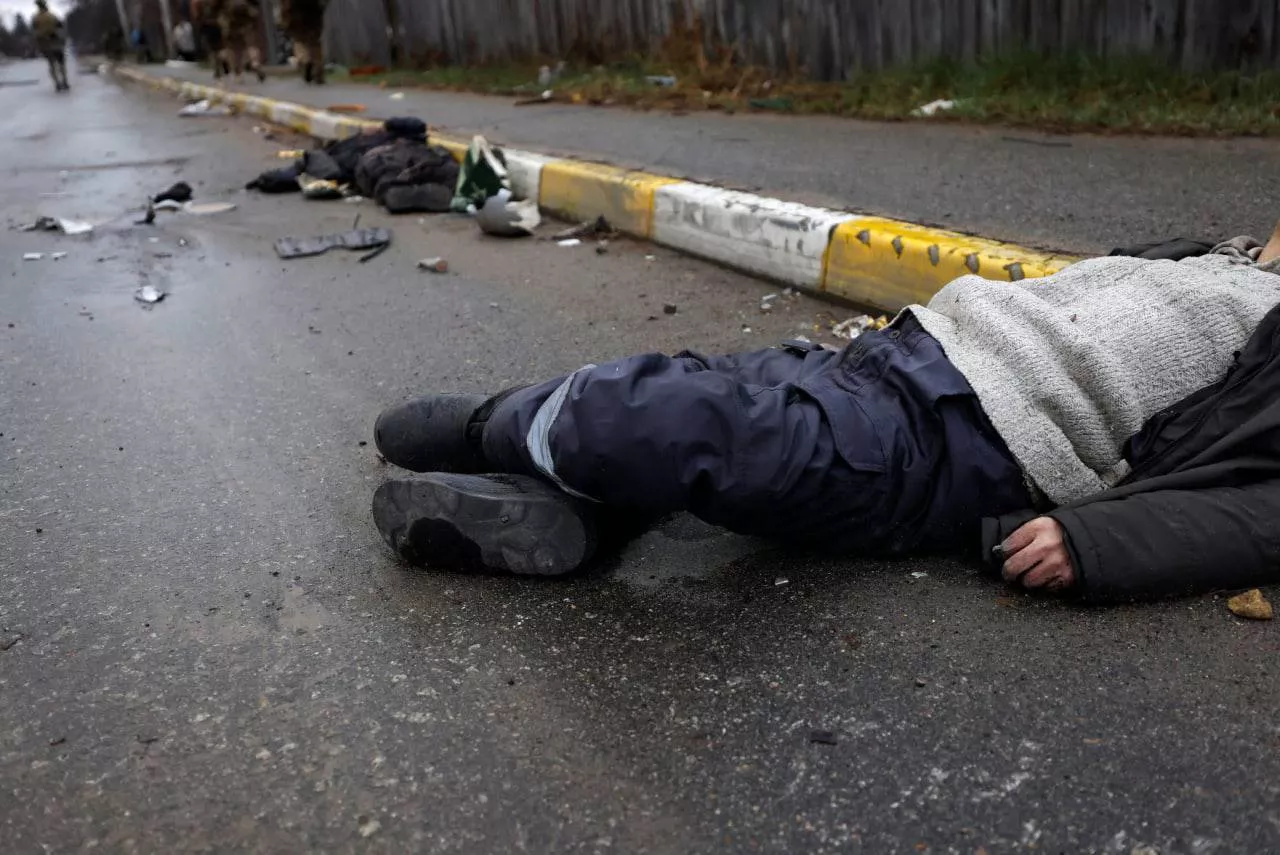


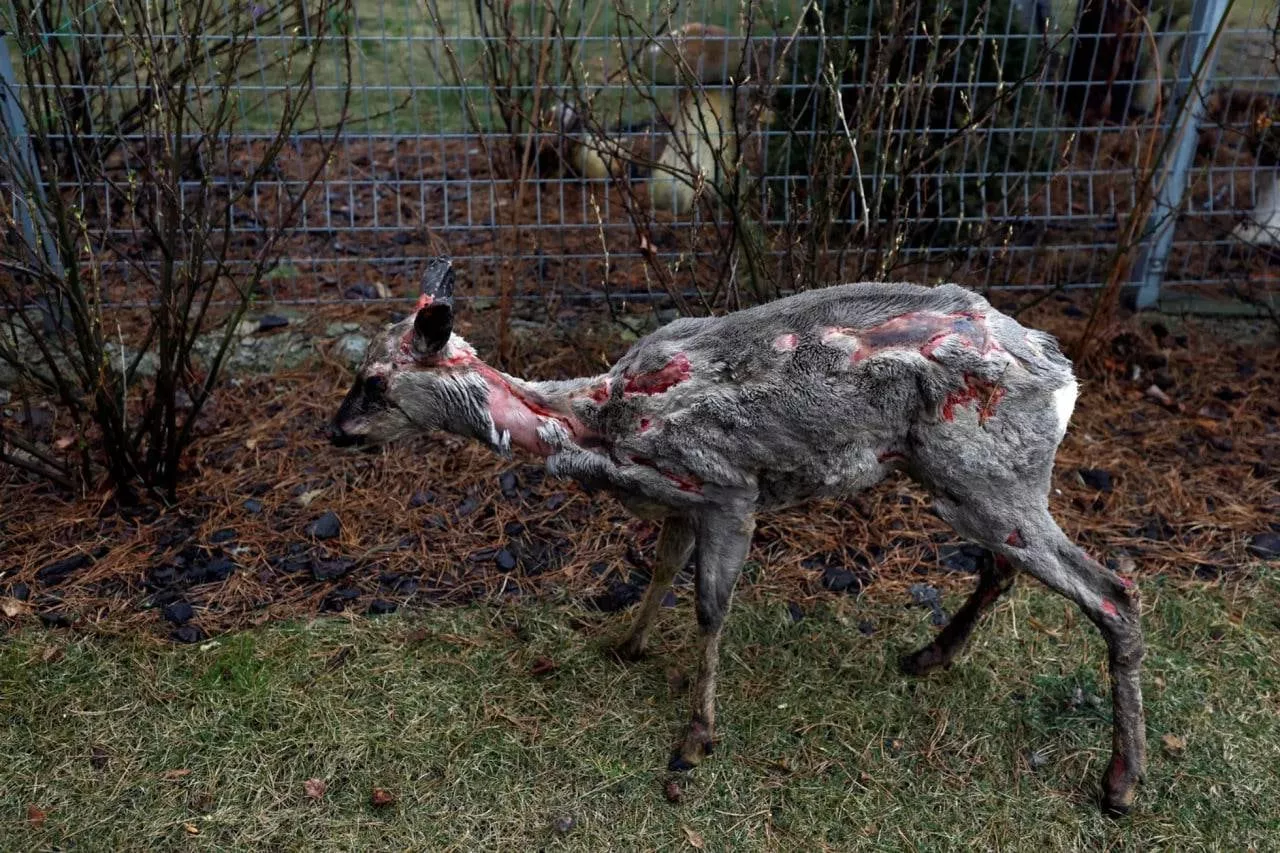
 Prazak
Prazak